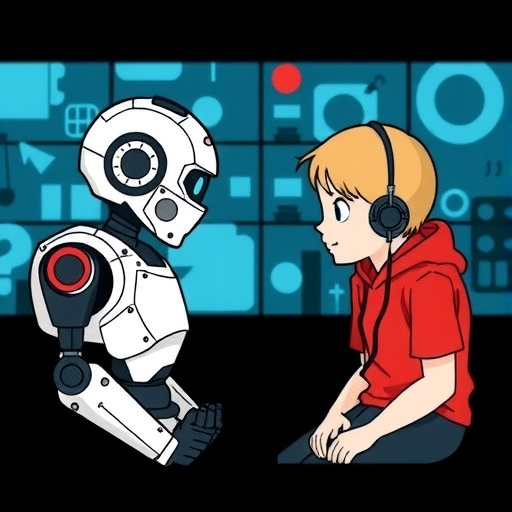For decades, the influential "broken windows" theory has linked signs of petty crime to bigger problems in a neighborhood. Largely left out of such discussions, however, is the role simple perceptual features in physical environments play in encouraging rule-breaking.
In a new study, researchers at the University of Chicago explored whether mostly subconscious visual cues embedded in dilapidated buildings, overgrown lots and littered streets can fuel deviant behavior. The study, to be published in the December issue of the Journal of Experimental Psychology, finds that exposure to simple perceptual features that make an environment look disorderly affect people in ways that can make rule-breaking more likely.
"There is an ever-present physical environment that people are never separated from, and our research suggests it's having an influence in marked and important ways on human behavior and possibly the functioning of a neighborhood," said lead author Hiroki Kotabe, a postdoctoral scholar at UChicago's Environmental Neuroscience Laboratory, which studies how the physical environment affects the brain and behavior. "Our work in many ways is bringing attention to the importance of physical elements, particularly the visual features."
Through a series of experiments, researchers including Kotabe; Marc G. Berman, a UChicago assistant professor of psychology and the lab's principal investigator; and doctoral student Omid Kardan identified elements of visual disorder embedded in the environment–from excessive curvy lines to a lack of symmetry. They then tested the impact of such elements on a form of rule-breaking: cheating.
Traditionally, broken windows theory has revolved around how social cues such as graffiti, litter and vagrancy can snowball into more serious and widespread crime. It posits that when people see rule-breaking in the environment they reason that misconduct is acceptable, making them more likely to break rules themselves. The theory has been particularly influential on policing in the United States, ushering in a series of controversial policies around crime prevention.
"The prevailing wisdom is that one must see social cues of rule-breaking in order for rule-breaking behavior to spread, but many of these social cues have visually disordered components. Imagine graffiti or a broken window both of which tend to have messy and often disorganized lines," Berman said. "Our research calls into question the necessity of having a social cue of disorder to promote rule-breaking, rather one might only need to perceive disorderly lines to cause disorderly behavior."
In the study, researchers started by running experiments to identify basic visual cues that drive perceptions of disorder. They had people rate scenes on how orderly or disorderly they looked, showing images of neatly landscaped parks and a pristine lake as well as unkempt urban lots and an overgrown forest. Such scenes then were broken down further and similar questions were asked. For example, they extracted and scrambled basic spatial and color features of the scenes to test whether they could predict how disorderly the scenes looked based on these features, even though participants could not make out the scenes these features came from. Some of these scrambled stimuli to which the participants were exposed could be compared to a Jackson Pollock painting. They found that spatial features such as the density of non-straight lines and asymmetry were better able to predict a scene's disorder than color features such as hue and saturation.
Next Kotabe and his colleagues created nonsense orderly and disorderly stimuli based on these visual disorder cues to test whether exposure to visual disorder cues alone could encourage rule-breaking. They turned to a commonly used test of cheating, in which researchers gave participants a challenging math test and told them they would grade their own work. The participants also were told they would receive bonus money for each additional question they reported as correct.
After the test, but before grading their work, the participants were exposed to either the visually disordered stimuli or visually ordered stimuli. The researchers found for participants exposed to the visually disordered stimuli compared to those exposed to the visually ordered stimuli the likelihood of cheating increased by 35 percent and the average magnitude of cheating increased by 87 percent.
So what is happening in the brain to produce such results? The researchers theorize a few possibilities. It could be that the visually disordered images are more taxing on the brain to process, thus resulting in reduced self-control. Another possibility is that prolonged exposure to visual disorder may activate mental metaphors such as a "straight-edge lifestyle" or a "crooked politician" deeply embedded in human thought, creating effects on behaviors such as rule-breaking.
"These possible mechanisms paint a completely different picture from current explanations for (broken windows theory) phenomena. Thus, they point to a vast and unattended area of research, which we encourage researchers to venture into," the researchers wrote.
###
Media Contact
Mark Peters
[email protected]
773-702-8356
@UChicago
http://www-news.uchicago.edu
############
Story Source: Materials provided by Scienmag




